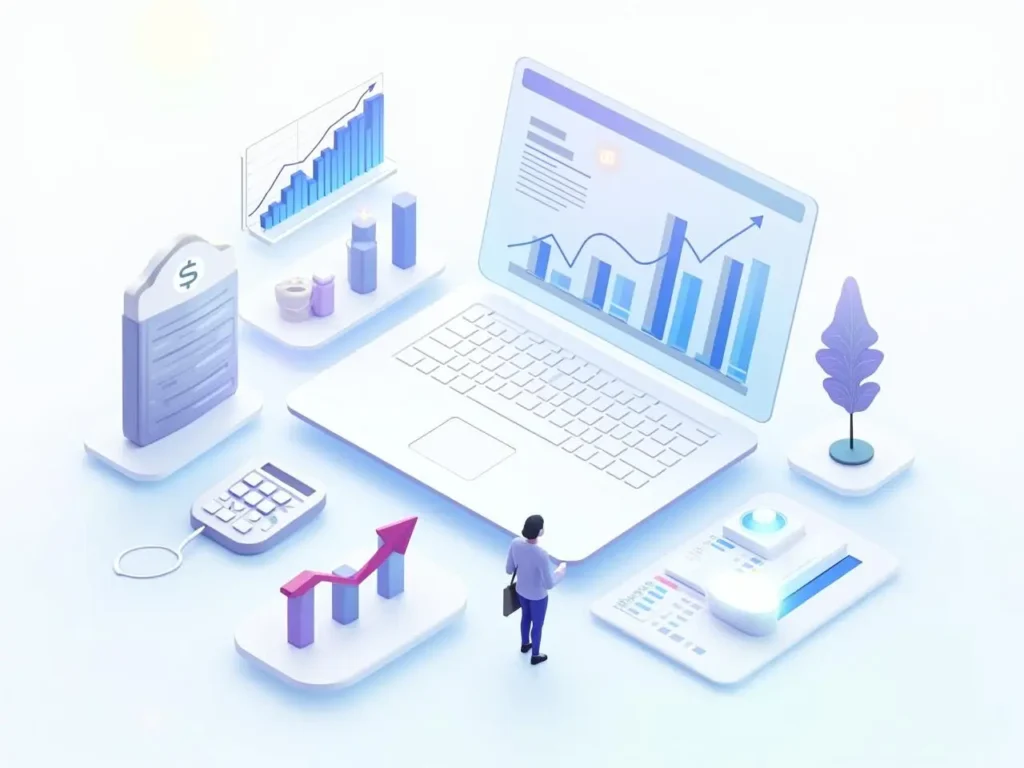5 KPIs Every Founder Must Track Before Scaling Ad Spend
Scaling paid advertising too early—or without the right data—is one of the most common startup mistakes. Without proper tracking, you risk burning cash without gaining customers. That’s why there are 5 KPIs every founder must track before increasing their ad budget.
These key performance indicators (KPIs) ensure that your marketing machine is not only generating interest but actually producing profitable, scalable results.
Why Tracking KPIs Matters Before You Scale Ads
Paid ads can fuel massive growth—but they can also magnify inefficiencies. If your funnel is leaky, or your messaging isn’t converting, spending more will just accelerate losses.
Founders need to track data that reveals readiness, not just activity.
-
Are your leads converting?
-
Is your acquisition cost sustainable?
-
Are your best channels known?
Let’s explore the 5 KPIs every founder must track to answer these questions with confidence.
1. Customer Acquisition Cost (CAC)
Definition: How much it costs to acquire one customer via paid campaigns.
Formula:
Total Ad Spend ÷ Number of New Customers = CAC
Why It Matters:
This tells you if your pricing and margins can support growth. If your CAC is higher than your average order value (AOV), you’re scaling at a loss.
Benchmarks:
-
B2C: Aim for 3:1 ratio (LTV:CAC)
-
B2B: May tolerate higher CAC if LTV justifies it
Founder’s Tip: Track CAC by channel—Google, Meta, LinkedIn—and compare efficiency.
2. Conversion Rate (CR)
Definition: The percentage of ad clicks that complete a desired action (purchase, signup, etc.)
Formula:
(Conversions ÷ Total Visitors) x 100 = CR
Why It Matters:
Your conversion rate directly impacts how far your ad dollars go. A higher CR means you need fewer clicks (and less spend) to get results.
Optimization Ideas:
-
Improve landing page clarity
-
Simplify CTAs
-
Add testimonials or urgency triggers
Founder’s Tip: Track CR separately for each funnel step (e.g., ad → landing → checkout).
3. Return on Ad Spend (ROAS)
Definition: The amount of revenue generated per dollar spent on ads.
Formula:
Revenue from Ads ÷ Ad Spend = ROAS
Why It Matters:
This is your profitability metric. If your ROAS is below 1, you’re losing money. Aim for:
-
Minimum ROAS of 2x for sustainability
-
Higher ROAS in early stages to fuel reinvestment
Founder’s Tip: Use UTM links and ad platform data to break down ROAS by campaign.
4. Customer Lifetime Value (CLTV or LTV)
Definition: The total revenue a customer brings over their entire relationship with your brand.
Formula (basic):
Average Order Value x Purchase Frequency x Customer Lifespan = LTV
Why It Matters:
If your LTV is high, you can afford a higher CAC and outbid competitors. This makes your ad strategy more aggressive and sustainable.
Founder’s Tip: Start tracking LTV even with small data sets—it improves as you grow.
5. Funnel Drop-Off Rate
Definition: The percentage of users who leave at each stage of your funnel without completing the desired action.
Why It Matters:
Scaling ads into a funnel with high drop-off is like pouring water into a leaking bucket. You’ll spend more and convert less.
Fixing Funnel Leaks:
-
Improve load speed and UX
-
Align ad messaging with landing content
-
Use session recordings to study behavior
Founder’s Tip: Tools like Hotjar or Microsoft Clarity help identify drop-off reasons visually.
Bonus Metric: Cost Per Lead (CPL)
For lead gen–focused businesses, CPL can be an early indicator of marketing efficiency. However, don’t stop at CPL—track how many leads convert into paying customers.
How to Track These KPIs with Minimal Tools
You don’t need a massive tech stack to monitor your KPIs. Here’s a simple setup:
-
Google Analytics 4 – Traffic, conversions, bounce rate
-
Meta Ads Manager / Google Ads Dashboard – CAC, ROAS
-
CRM or Stripe Dashboard – LTV and purchase frequency
-
Google Sheets or Notion – Custom tracking and visualizations
Final Thoughts: Data Before Dollars
The best founders scale what’s already working—not what they hope will work. By tracking these 5 essential KPIs, you’ll know when your business is ready to scale ads confidently and profitably.
Data is your best defense against waste—and your most powerful weapon for growth.
5 KPIs Every Founder Must Track Before Scaling Ad Spend Read More »







